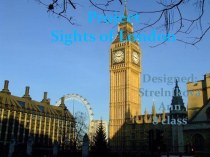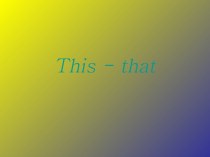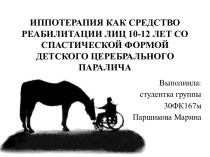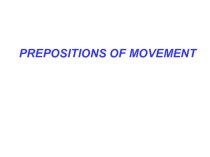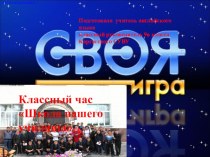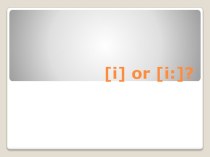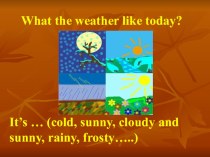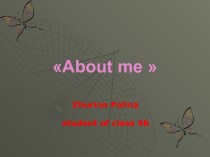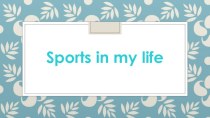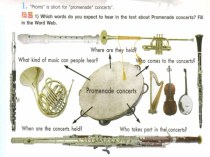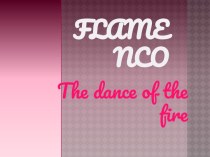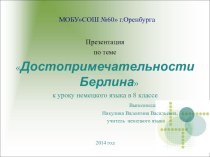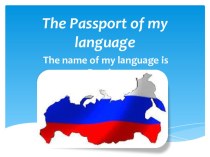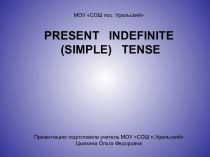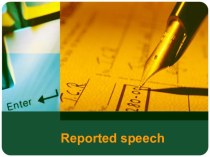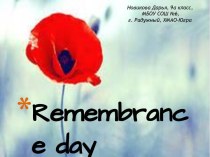- Главная
- Разное
- Бизнес и предпринимательство
- Образование
- Развлечения
- Государство
- Спорт
- Графика
- Культурология
- Еда и кулинария
- Лингвистика
- Религиоведение
- Черчение
- Физкультура
- ИЗО
- Психология
- Социология
- Английский язык
- Астрономия
- Алгебра
- Биология
- География
- Геометрия
- Детские презентации
- Информатика
- История
- Литература
- Маркетинг
- Математика
- Медицина
- Менеджмент
- Музыка
- МХК
- Немецкий язык
- ОБЖ
- Обществознание
- Окружающий мир
- Педагогика
- Русский язык
- Технология
- Физика
- Философия
- Химия
- Шаблоны, картинки для презентаций
- Экология
- Экономика
- Юриспруденция
Что такое findslide.org?
FindSlide.org - это сайт презентаций, докладов, шаблонов в формате PowerPoint.
Обратная связь
Email: Нажмите что бы посмотреть
Презентация на тему по английскому языку Ролевая игра на уроке английского языка
Содержание
- 2. Role playRole playRole playRole playRole playRole playRole playRole playRole play
- 3. Telephoning The class is divided
- 4. Telephoning A
- 5. TV interview One of the
- 6. Talk showThere are three alternatives as to
- 7. Aims: Skills – speaking
- 8. STORIES AND SCENESMIMINGOBSERVATIONIMPROVISATIONGESTURESFACIAL EXPRESSIONSGUESSINGQUESTIONINGACTING SOMETHING OUTPERFORMING
- 9. Chain storyYou need small
- 10. Stories Picture storiesKeep talkingStudents are provided with
- 11. MIMING PEOPLE AND OBJECTS The teacher prepares
- 12. MIMING OUTADVERBCHARADEDAILY LIFE The teacher prepares
- 13. HOTEL RECEPTIONISTSTEP1 : The teacher explain
- 14. HOTEL RECEPTIONISTVARIATIONS: 1) The setting is changed
- 15. M E S S A G E
- 16. Скачать презентацию
- 17. Похожие презентации
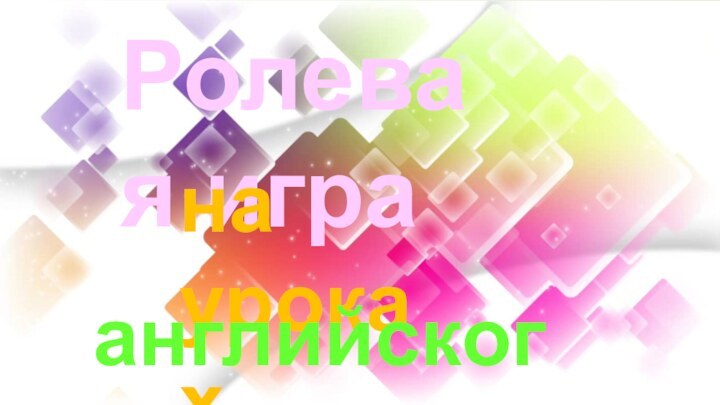
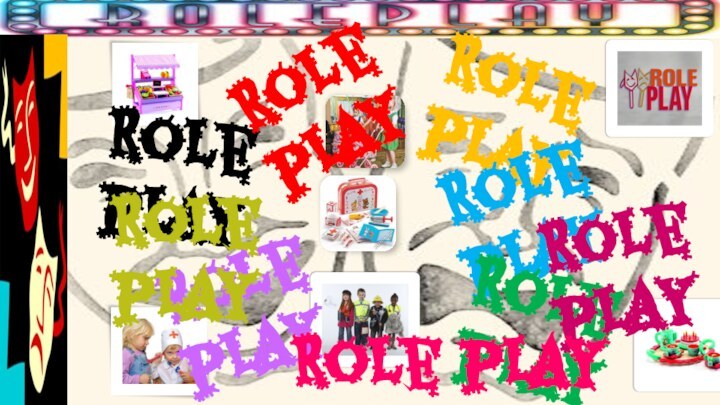
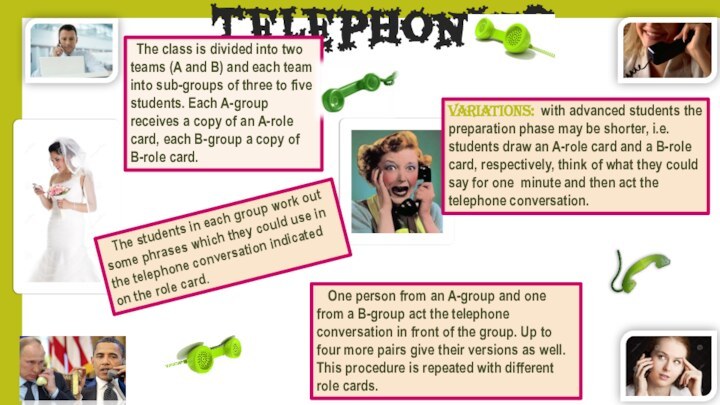
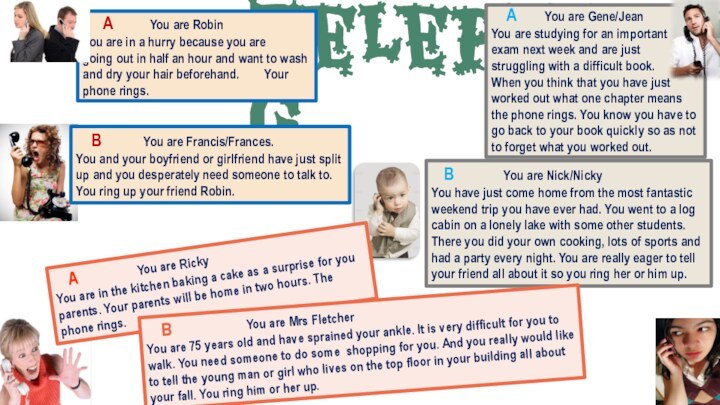
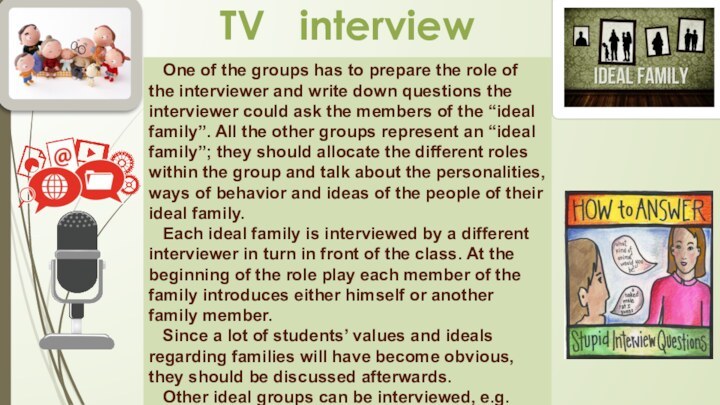
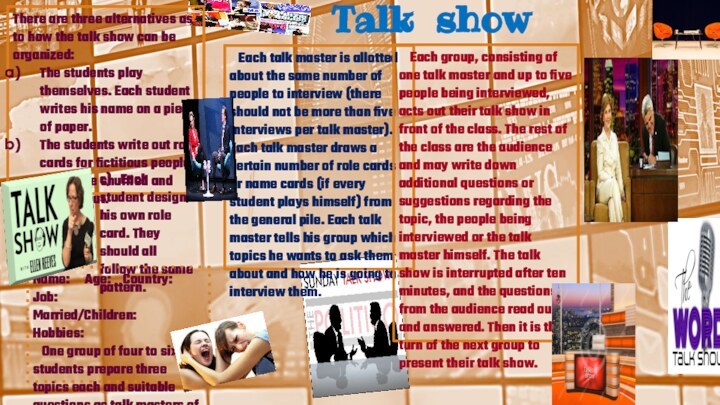
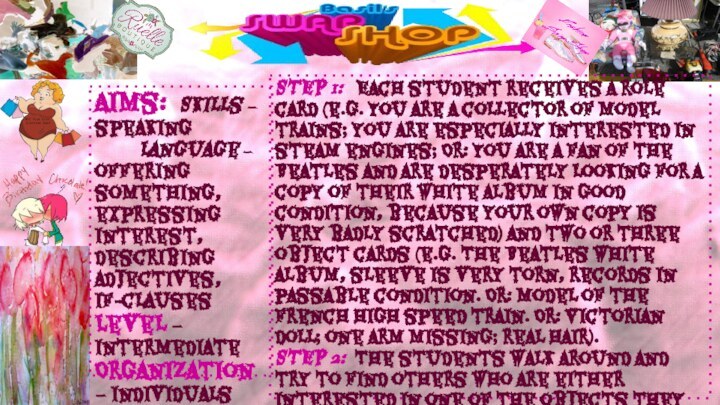
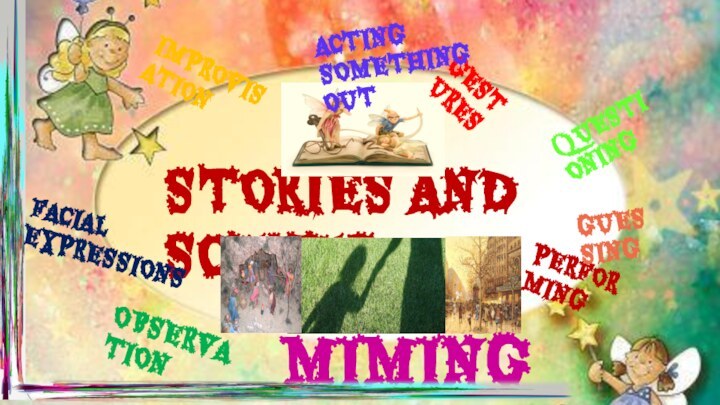
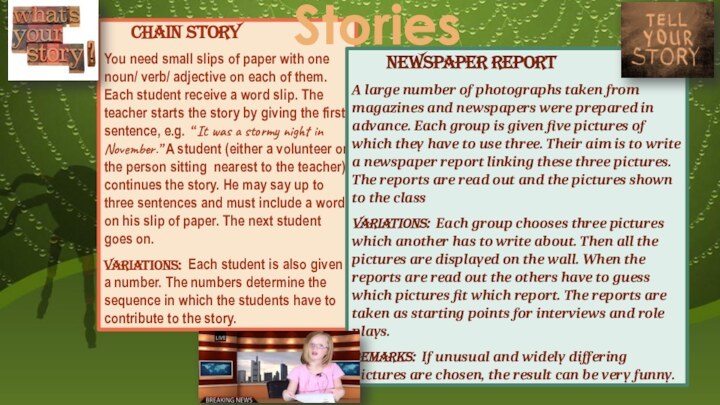
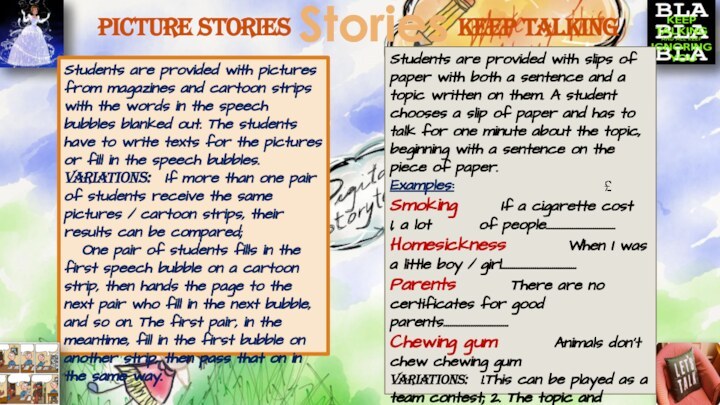
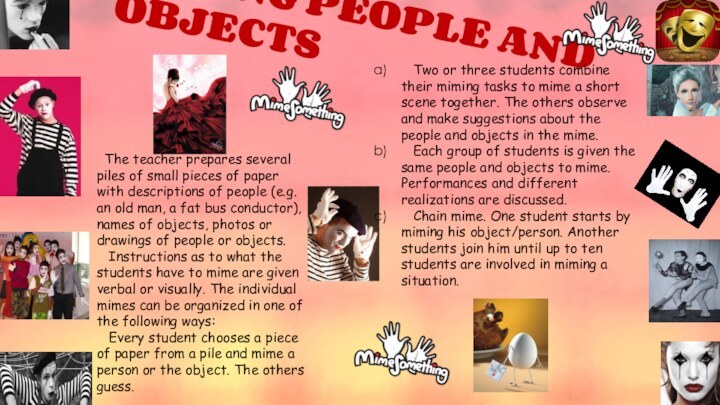
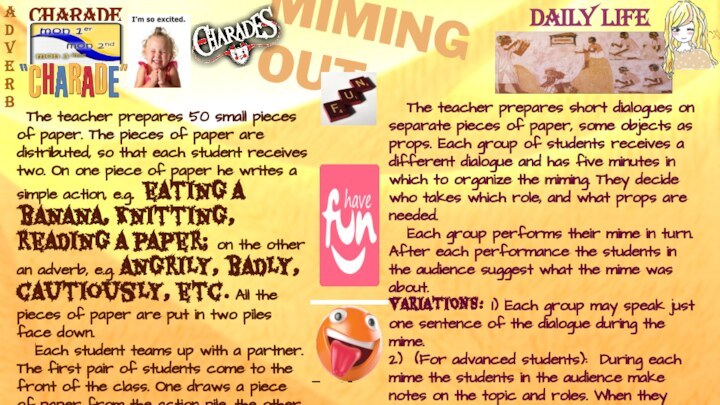
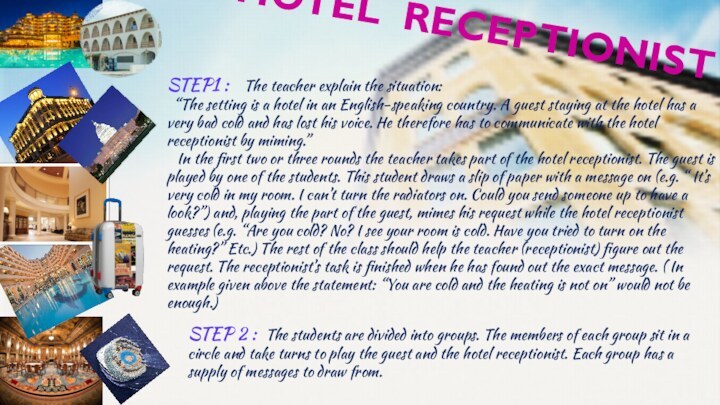
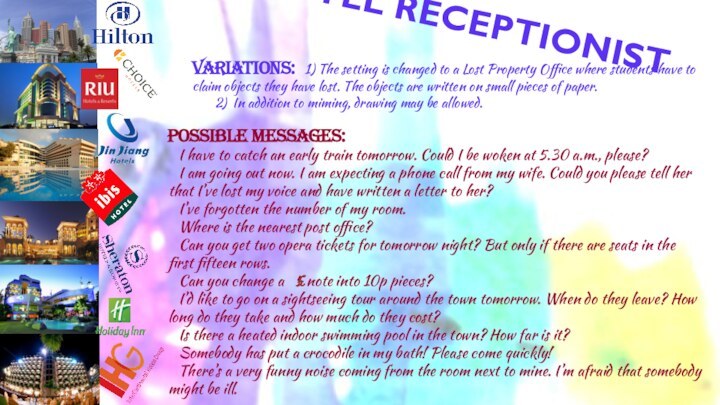
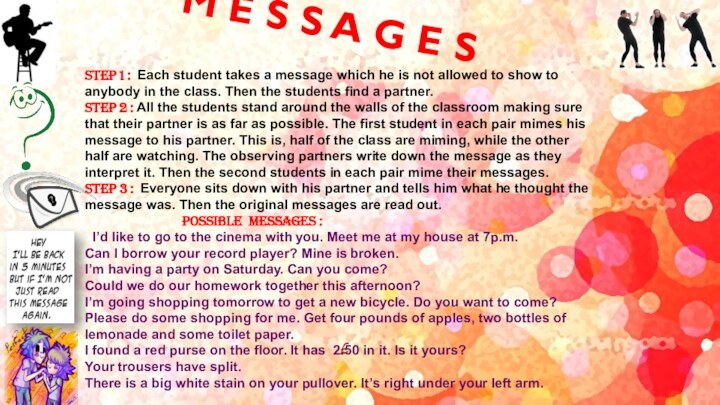
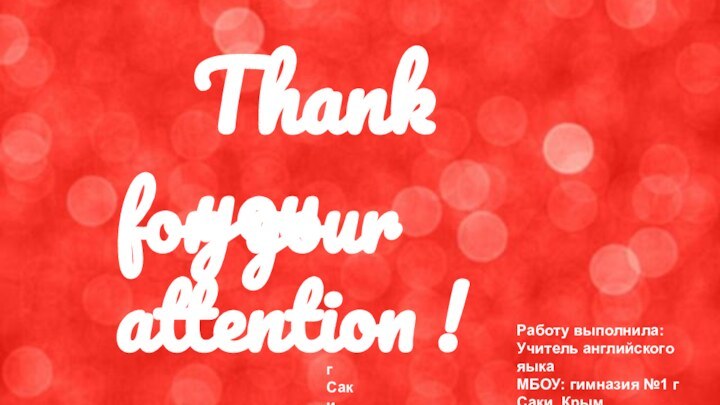
Слайд 3
Telephoning
The class is divided into
two teams (A and B) and each team into
sub-groups of three to five students. Each A-group receives a copy of an A-role card, each B-group a copy of B-role card. The students in each group work out some phrases which they could use in the telephone conversation indicated on the role card.
One person from an A-group and one from a B-group act the telephone conversation in front of the group. Up to four more pairs give their versions as well. This procedure is repeated with different role cards.
Variations: with advanced students the preparation phase may be shorter, i.e. students draw an A-role card and a B-role card, respectively, think of what they could say for one minute and then act the telephone conversation.
Слайд 4
Telephoning
A You
are Robin
You are in a hurry because you are going out in half an hour and want to wash and dry your hair beforehand. Your phone rings. A You are Gene/Jean You are studying for an important exam next week and are just struggling with a difficult book. When you think that you have just worked out what one chapter means the phone rings. You know you have to go back to your book quickly so as not to forget what you worked out.
B You are Francis/Frances. You and your boyfriend or girlfriend have just split up and you desperately need someone to talk to. You ring up your friend Robin.
B You are Nick/Nicky You have just come home from the most fantastic weekend trip you have ever had. You went to a log cabin on a lonely lake with some other students. There you did your own cooking, lots of sports and had a party every night. You are really eager to tell your friend all about it so you ring her or him up.
A You are Ricky You are in the kitchen baking a cake as a surprise for you parents. Your parents will be home in two hours. The phone rings.
B You are Mrs Fletcher You are 75 years old and have sprained your ankle. It is very difficult for you to walk. You need someone to do some shopping for you. And you really would like to tell the young man or girl who lives on the top floor in your building all about your fall. You ring him or her up.
Слайд 5
TV interview
One of the groups
has to prepare the role of the interviewer and
write down questions the interviewer could ask the members of the “ideal family”. All the other groups represent an “ideal family”; they should allocate the different roles within the group and talk about the personalities, ways of behavior and ideas of the people of their ideal family.Each ideal family is interviewed by a different interviewer in turn in front of the class. At the beginning of the role play each member of the family introduces either himself or another family member.
Since a lot of students’ values and ideals regarding families will have become obvious, they should be discussed afterwards.
Other ideal groups can be interviewed, e.g. “ideal holiday group”, “ideal flat-sharing group”.
Слайд 6
Talk show
There are three alternatives as to how
the talk show can be organized:
The students play
themselves. Each student writes his name on a piece of paper.The students write out role cards for fictitious people, which are shuffled and handed out.
c) Each student designs his own role card. They should all follow the same pattern.
Name: Age: Country: Job:
Married/Children: Hobbies:
One group of four to six students prepare three topics each and suitable questions as talk masters of the show.
Each talk master is allotted about the same number of people to interview (there should not be more than five interviews per talk master). Each talk master draws a certain number of role cards or name cards (if every student plays himself) from the general pile. Each talk master tells his group which topics he wants to ask them about and how he is going to interview them.
Each group, consisting of one talk master and up to five people being interviewed, acts out their talk show in front of the class. The rest of the class are the audience and may write down additional questions or suggestions regarding the topic, the people being interviewed or the talk master himself. The talk show is interrupted after ten minutes, and the questions from the audience read out and answered. Then it is the turn of the next group to present their talk show.
Слайд 7
Aims: Skills – speaking
Language – offering something, expressing interest, describing adjectives,
if-clausesLevel – Intermediate
Organization – Individuals
Preparation: Role cards, cards with descriptions or drawings of suitable objects (about three cards per student)
Time: 20 – 30 minutes
STEP 1: Each student receives a role card (e.g. You are a collector of model trains; you are especially interested in steam engines; Or: You are a fan of the Beatles and are desperately looking for a copy of their white album in good condition, because your own copy is very badly scratched) and two or three object cards (e.g. The Beatles white album, sleeve is very torn, records in passable condition. Or: Model of the French high speed train. Or: Victorian doll; one arm missing; real hair).
STEP 2: The students walk around and try to find others who are either interested in one of the objects they have to offer or who can offer them something.
VARIATIONS: Real objects can be brought along and used for this activity.
REMARKS: Care should be taken that there are several suitable objects for the individual collectors so that finding partners for a swap is not too difficult. Students should be told beforehand that it might be necessary to swap with more than one person.
Слайд 8
STORIES AND SCENES
MIMING
OBSERVATION
IMPROVISATION
GESTURES
FACIAL EXPRESSIONS
GUESSING
QUESTIONING
ACTING SOMETHING OUT
PERFORMING
Слайд 9
Chain story
You need small slips
of paper with one noun/ verb/ adjective on each
of them. Each student receive a word slip. The teacher starts the story by giving the first sentence, e.g. “ It was a stormy night in November.” A student (either a volunteer or the person sitting nearest to the teacher) continues the story. He may say up to three sentences and must include a word on his slip of paper. The next student goes on.Variations: Each student is also given a number. The numbers determine the sequence in which the students have to contribute to the story.
Newspaper report
A large number of photographs taken from magazines and newspapers were prepared in advance. Each group is given five pictures of which they have to use three. Their aim is to write a newspaper report linking these three pictures. The reports are read out and the pictures shown to the class
Variations: Each group chooses three pictures which another has to write about. Then all the pictures are displayed on the wall. When the reports are read out the others have to guess which pictures fit which report. The reports are taken as starting points for interviews and role plays.
Remarks: If unusual and widely differing pictures are chosen, the result can be very funny.
Stories
Слайд 10
Stories
Picture stories
Keep talking
Students are provided with pictures from
magazines and cartoon strips with the words in the
speech bubbles blanked out. The students have to write texts for the pictures or fill in the speech bubbles.Variations: If more than one pair of students receive the same pictures / cartoon strips, their results can be compared;
One pair of students fills in the first speech bubble on a cartoon strip, then hands the page to the next pair who fill in the next bubble, and so on. The first pair, in the meantime, fill in the first bubble on another strip, then pass that on in the same way.
Students are provided with slips of paper with both a sentence and a topic written on them. A student chooses a slip of paper and has to talk for one minute about the topic, beginning with a sentence on the piece of paper.
Examples:
Smoking If a cigarette cost 1, a lot of people……………………………
Homesickness When I was a little boy / girl....................................
Parents There are no certificates for good parents………………………….
Chewing gum Animals don’t chew chewing gum
Variations: 1.This can be played as a team contest; 2. The topic and sentence cards can be prepared by the students.
Слайд 11
MIMING PEOPLE AND OBJECTS
The teacher prepares several
piles of small pieces of paper with descriptions of
people (e.g. an old man, a fat bus conductor), names of objects, photos or drawings of people or objects.Instructions as to what the students have to mime are given verbal or visually. The individual mimes can be organized in one of the following ways:
Every student chooses a piece of paper from a pile and mime a person or the object. The others guess.
Two or three students combine their miming tasks to mime a short scene together. The others observe and make suggestions about the people and objects in the mime.
Each group of students is given the same people and objects to mime. Performances and different realizations are discussed.
Chain mime. One student starts by miming his object/person. Another students join him until up to ten students are involved in miming a situation.
Слайд 12
MIMING OUT
ADVERB
CHARADE
DAILY LIFE
The teacher prepares 50
small pieces of paper. The pieces of paper are
distributed, so that each student receives two. On one piece of paper he writes a simple action, e.g. eating a banana, knitting, reading a paper; on the other an adverb, e.g. angrily, badly, cautiously, etc. All the pieces of paper are put in two piles face down.Each student teams up with a partner. The first pair of students come to the front of the class. One draws a piece of paper from the action pile, the other from the adverb pile. Both mime their action in the manner described by the adverb. The rest of the class guess.
The teacher prepares short dialogues on separate pieces of paper, some objects as props. Each group of students receives a different dialogue and has five minutes in which to organize the miming. They decide who takes which role, and what props are needed.
Each group performs their mime in turn. After each performance the students in the audience suggest what the mime was about.
VARIATIONS: 1) Each group may speak just one sentence of the dialogue during the mime.
2) (For advanced students): During each mime the students in the audience make notes on the topic and roles. When they have watched all the mimes they argue within their groups and try to work out a list of all the topics/roles in the mime.
Слайд 13
HOTEL RECEPTIONIST
STEP1 : The teacher explain the
situation:
“The setting is a hotel in an English-speaking
country. A guest staying at the hotel has a very bad cold and has lost his voice. He therefore has to communicate with the hotel receptionist by miming.”In the first two or three rounds the teacher takes part of the hotel receptionist. The guest is played by one of the students. This student draws a slip of paper with a message on (e.g. “ It’s very cold in my room. I can’t turn the radiators on. Could you send someone up to have a look?”) and, playing the part of the guest, mimes his request while the hotel receptionist guesses (e.g. “Are you cold? No? I see your room is cold. Have you tried to turn on the heating?” Etc.) The rest of the class should help the teacher (receptionist) figure out the request. The receptionist’s task is finished when he has found out the exact message. ( In example given above the statement: “You are cold and the heating is not on” would not be enough.)
STEP 2 : The students are divided into groups. The members of each group sit in a circle and take turns to play the guest and the hotel receptionist. Each group has a supply of messages to draw from.
Слайд 14
HOTEL RECEPTIONIST
VARIATIONS: 1) The setting is changed to
a Lost Property Office where students have to claim
objects they have lost. The objects are written on small pieces of paper.2) In addition to miming, drawing may be allowed.
POSSIBLE MESSAGES:
I have to catch an early train tomorrow. Could I be woken at 5.30 a.m., please?
I am going out now. I am expecting a phone call from my wife. Could you please tell her that I’ve lost my voice and have written a letter to her?
I’ve forgotten the number of my room.
Where is the nearest post office?
Can you get two opera tickets for tomorrow night? But only if there are seats in the first fifteen rows.
Can you change a 5 note into 10p pieces?
I’d like to go on a sightseeing tour around the town tomorrow. When do they leave? How long do they take and how much do they cost?
Is there a heated indoor swimming pool in the town? How far is it?
Somebody has put a crocodile in my bath! Please come quickly!
There’s a very funny noise coming from the room next to mine. I’m afraid that somebody might be ill.
Слайд 15
M E S S A G E S
STEP
1 : Each student takes a message which he
is not allowed to show to anybody in the class. Then the students find a partner.STEP 2 : All the students stand around the walls of the classroom making sure that their partner is as far as possible. The first student in each pair mimes his message to his partner. This is, half of the class are miming, while the other half are watching. The observing partners write down the message as they interpret it. Then the second students in each pair mime their messages.
STEP 3 : Everyone sits down with his partner and tells him what he thought the message was. Then the original messages are read out.
POSSIBLE MESSAGES :
I’d like to go to the cinema with you. Meet me at my house at 7p.m.
Can I borrow your record player? Mine is broken.
I’m having a party on Saturday. Can you come?
Could we do our homework together this afternoon?
I’m going shopping tomorrow to get a new bicycle. Do you want to come?
Please do some shopping for me. Get four pounds of apples, two bottles of lemonade and some toilet paper.
I found a red purse on the floor. It has 2.50 in it. Is it yours?
Your trousers have split.
There is a big white stain on your pullover. It’s right under your left arm.
